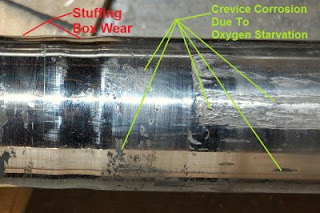Undoing someones hard work....
As previously mentioned, I wanted to modify the original design and open the boat up a bit more. To accommodate the changes I had to remove the drop roof from behind the wheel house. I looked at the task from all angles and put off the task until I felt I was doing the right thing.
I marked a line and used the roof as a guide for the saw and cut from the inside.
With some help from my son Charles we cut all around the perimeter and lifted the roof off
This is the result of the nights work . The next step was to eliminate the side & rear walls
The above photo shows the window section of the wheel house.
Removing the window section of the wheel house was positively the hardest part of the job. I have left 50mm (2") which will bet the finished line for the new roof which will run all the way to cover the boat. This will keep the summer sun and winter rains of us.
The end result. The rear of the wheelhouse trimmed back and the two nib walls removed.
I have a little bit more cleaning up to do before I can start running the floor in and the new roof. The floor level will finish about 100mm (4") step down from the wheel house floor to accomodate a finished head room of 2m or a bit over 6' 5"






























